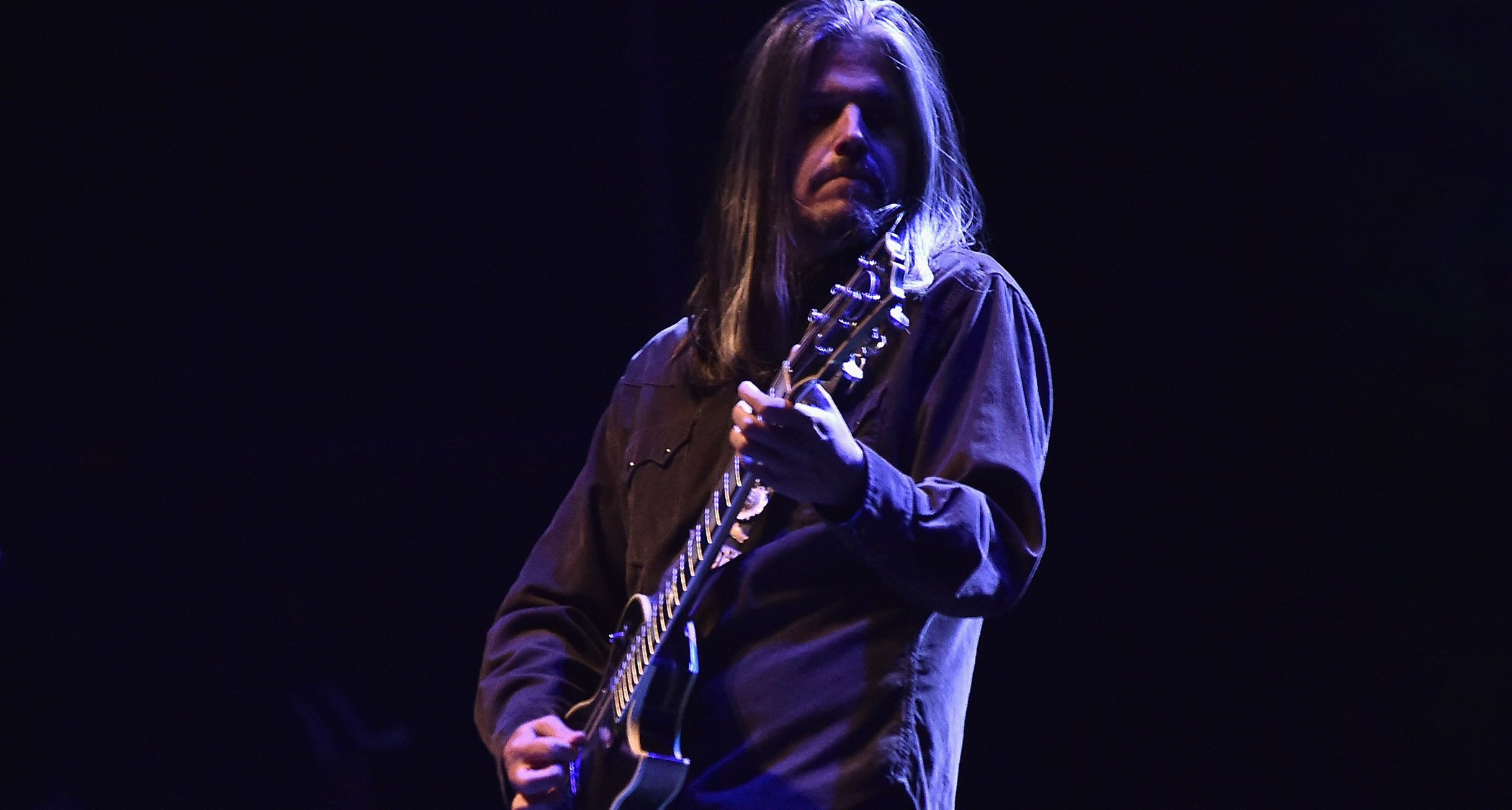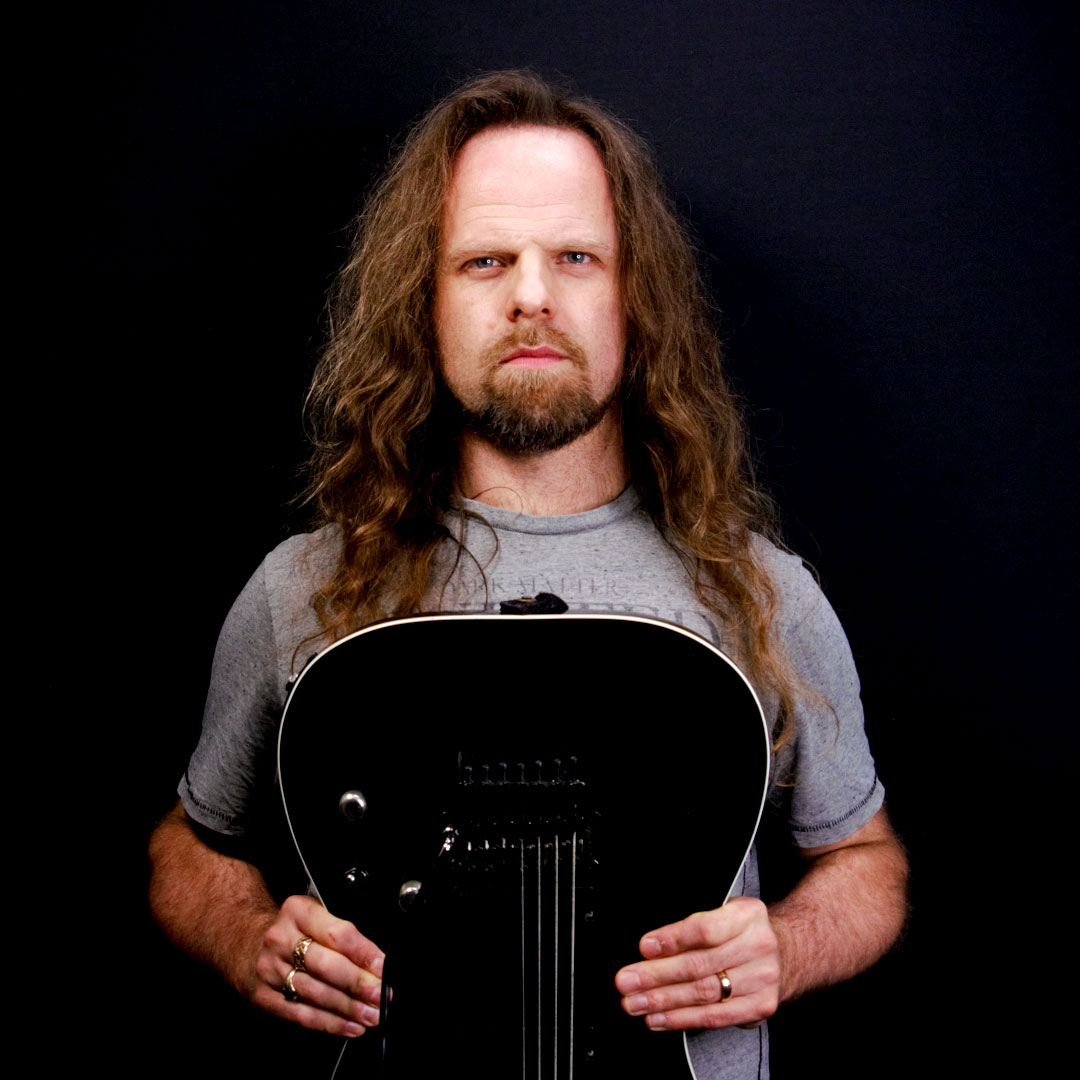He’s a drop D master who fuses monstrous powerchords, haunting single-note melodies and off-kilter time signatures in one of prog-metal’s most technically ambitious bands – learn how Adam Jones forged his rhythmically audacious Tool riffing style
We unpack the rhythmically complex metal style of Tool’s polymath guitarist, improving your timing and legato in the process

Tool’s guitarist Adam Jones is a long-time fan of drop D tuning. This allows him to get weight into his phrases while establishing a tight, identifiable tonality that sits alongside the bass. Additionally this tuning, which ‘drops’ the sixth string down a whole tone to D, enables him to alternate between single-finger powerchords (root-5th-root), single-note riffs, and melody lines.
Tool’s music often explores a range of emotions, so it’s not uncommon for the rhythm guitar to shift between heavy, mid-tempo powerchord sequences, and sustained arpeggiated figures that form subdued, melodic motifs.
Tool famously also make use of less obvious time signatures, which brings depth, variety, and more progressive rock-style qualities to their music. For this lesson, both style studies use drop D tuning, so let’s get started.
Get the tone
Amp Settings: Gain 7, Bass 5, Middle 5, Treble 7, Reverb 2
For a full sound that covers driven powerchords and moody, melodic sequences, use your bridge pickup and set your amp to the overdrive channel. Use moderate gain but don’t lose pitch clarity and dynamic range. Set your bass and middle settings around 12 o’clock and boost the treble for a little bite. A touch of reverb will bring extra girth to your notes.
Example 1
The opening powerchord riff in D minor leads to a fill using the D minor pentatonic scale. This tuning allows the pentatonic phrase to utilise the same frets across the fifth and sixth string. The second section establishes a melodic motif by using the open sixth string as a drone, then playing a developing melody line over the top.
Example 2
This study uses palm-muted, triplet hammer-ons, to create a punchy, rhythmic hook, while making way for melodic variations to bring the shape to the sequence. The second section explores texture by bending the powerchords at the 2nd fret, followed by pull-offs from the 3rd to 2nd fret. Watch your intonation here.
All the latest guitar news, interviews, lessons, reviews, deals and more, direct to your inbox!
Jamie is a regular contributor to Guitar Techniques and Total Guitar magazines. He is also a Principal Lecturer in guitar and live performance at BIMM Bristol. Alongside this, he shares seven string guitar duties with Steve Smyth (ex-Testament, ex-Nevermore, Forbidden), in the modern thrash metal band One Machine. Additionally, Jamie is the UK brand ambassador for ESP guitars, where he creates product demos and delivers clinics across the UK and throughout the Scandinavian countries. More recently, he co-created the ESP School of Metal Guitar, where a team of versatile metal guitarists break down all things heavy.

